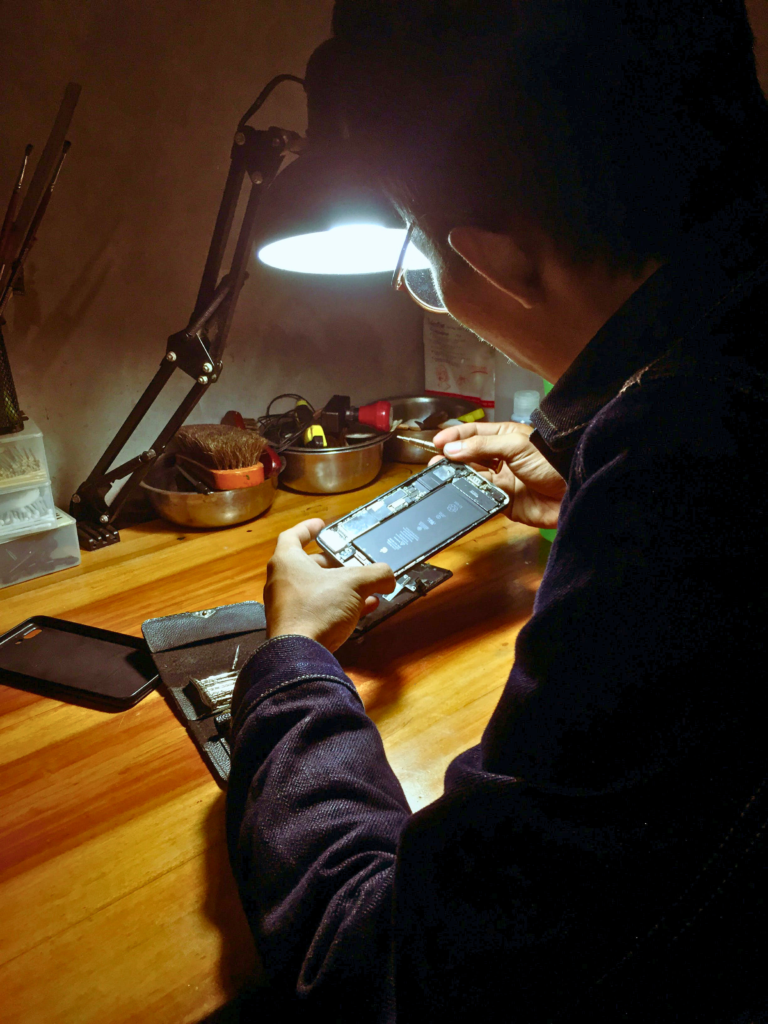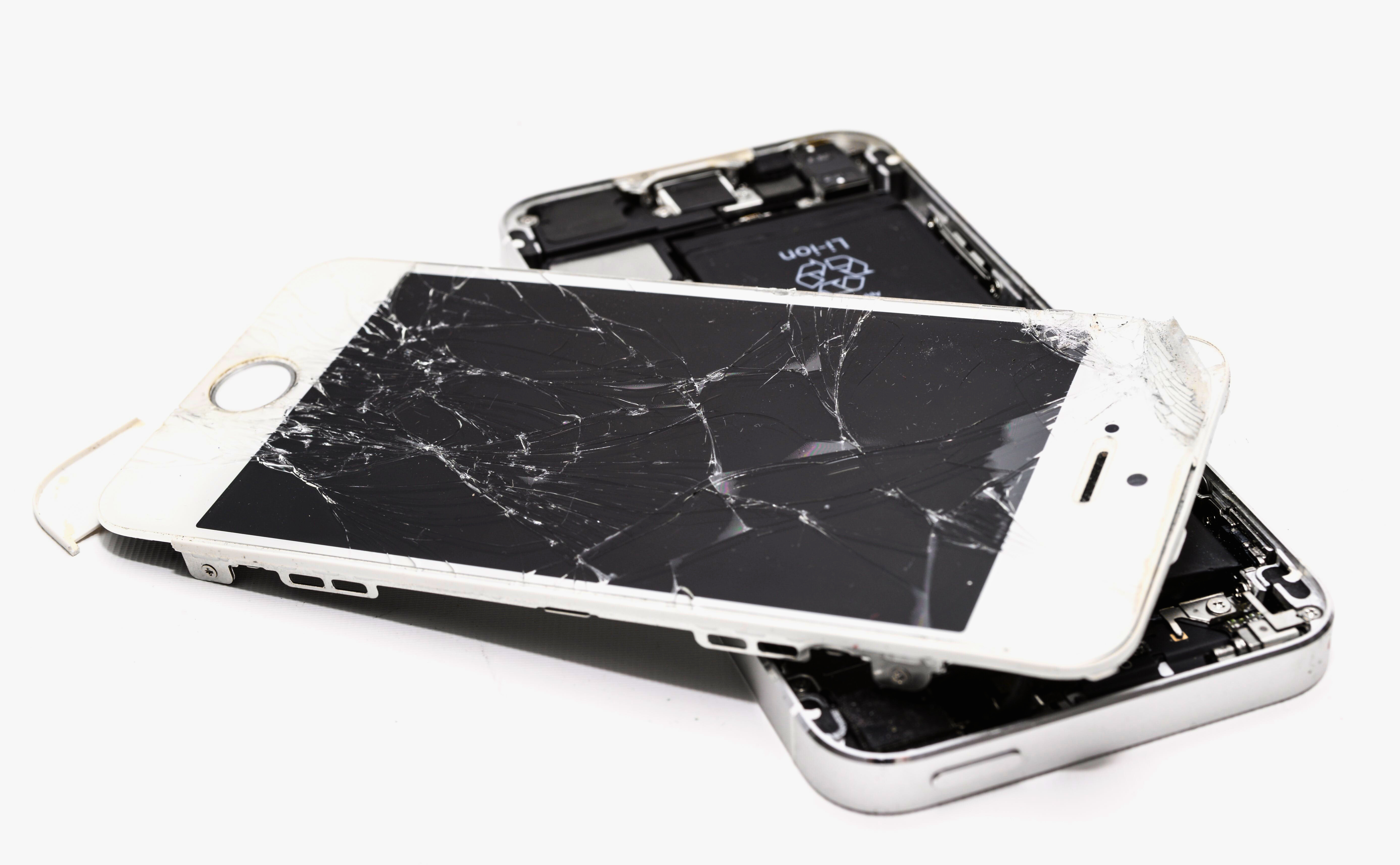
It is 2024. You have acquired a new iPhone and are eager to jailbreak it, enabling customization with your desired apps and capabilities. Jailbreaking also referred to as rooting, allows users to circumvent the software limitations imposed by phone manufacturers. Although its prevalence has waned, jailbreaking can still enhance the functionality of your iOS device.
Discover the intricacies of jailbreaking, including its advantages and disadvantages, and learn the restoration process for jailbroken devices.
What does jailbreaking an iPhone entail?
Jailbreaking an iPhone or iPad lifts the software limitations set by Apple, granting ‘root’ or ‘superuser’ privileges. This enables the installation of unauthorized apps unavailable in the App Store and customization of the iOS interface. Additionally, it allows users to navigate the file system and open otherwise inaccessible file types.
Jailbreaking chiefly promotes user autonomy, allowing individuals to tailor their devices’ appearance and capabilities to their preferences.
Jailbreaking an iPhone or iOS device voids its warranty and constitutes a breach of the end-user license agreement, according to Apple.
What distinguishes rooting from jailbreaking?
If you’re intrigued by jailbreaking, you likely know rooting, a process synonymous with jailbreaking but typically associated with iOS devices due to Apple’s stringent protocols that leave users feeling constrained.
Android’s inherent openness and manufacturers’ leniency toward ‘rooting’ facilitate user privilege escalation, such as installing apps from third-party stores and custom files. Conversely, this complicates the restoration of devices to their factory settings.
Can an iPhone still be jailbroken?
Over the last few years, Apple has intensified its efforts to thwart jailbreaking. In 2021, the company launched iOS 15, imbued with privacy-centric features that limit app access to personal user data and assets.
Apple states that unauthorized modifications to its devices elevate cybersecurity threats and induce instability in native applications.
Consequently, recent versions of iOS have fortified security measures, rendering traditional jailbreaking methods, such as specific app downloads, obsolete.
Jailbreaking an iOS device remains feasible. Developers such as epeth0mus release the latest iOS jailbreaking tools on GitHub. Tools like Checkra1n purportedly enable users to install app updates and new iOS versions while maintaining the security advantages provided by Apple.
Determining Whether an iPhone is Jailbroken or Altered
Assessing whether an iPhone or iOS device has been compromised is crucial when acquiring a pre-owned device or when experiencing unexplained issues with your device.
The following signs strongly suggest that an iOS device has been jailbroken:
You’ve discovered strange apps.
Before buying a used device, inspect the app directory for jailbreaking software or unauthorized app stores such as Cydia, Unc0ver, and Chimera.
You discovered uncommon settings options.
If you discover unfamiliar options within the app or software settings, this confirms that your device has been tampered with.
Performance or power-related concerns.
Diminished battery performance may suggest unauthorized modifications to your device. Applications designed for jailbroken devices often demand greater memory and processing power compared to officially sanctioned apps, resulting in accelerated battery depletion.
Advantages and Disadvantages of iPhone Jailbreaking
The allure of jailbreaking your device is evident; however, it is crucial to weigh the potential benefits against the risks of such unauthorized alterations. Continue reading to gain a comprehensive understanding of both the advantages and detriments.
What are the benefits of jailbreaking your iPhone?
Gain enhanced control of your iPhone
Jailbreaking your iPhone grants increased freedom and flexibility, allowing you to install custom tweaks that enhance the user experience, such as app shortcuts, and tailor system behavior to your preferences.
Expand your app selection
Unofficial app stores, such as Cydia, offer an array of exclusive apps not found in the official iOS App Store. Jailbreaking unlocks access to innovative applications that expand and augment the functionality of your iOS device.
Eradicate Bloatware
Jailbreaking your iPhone enables the removal of unnecessary pre-installed apps or bloatware, thereby freeing memory and decluttering the device.
Gain access to extra features
Jailbreak tweaks can enhance your iPhone by introducing features not included in the default settings. For instance, you might install a tweak to expand multitasking capabilities, augment the Control Center, or optimize battery performance. Nonetheless, it is crucial to investigate these modifications to ascertain that they meet your specific needs.
What are the disadvantages of jailbreaking your iPhone?
Rooting invariably compromises device security
Although certain restrictions may be bothersome, superfluous, or designed to exploit users financially, jailbreaks cannot differentiate between essential and harmful limitations.
Each app must be restricted to accessing only its data, preventing it from retrieving sensitive information such as encryption keys, Bitcoin backup seeds, passwords, or personal details from other apps. Without such isolation, users would be compelled to trust every app on their phone with all their data, a needless and risky endeavor.
Rooting facilitates external manipulation of your device’s software, such as unauthorized access to the operating system via an external USB connection. Consequently, your personal information becomes vulnerable, compromising your privacy and data sovereignty.
Automatic Updates Disabled
Devices with jailbreaks may encounter complications when attempting to upgrade to the latest iOS. Although certain jailbreak applications purport to enable updates, success is not assured. Additionally, new iOS versions typically undo the jailbreak, necessitating its reapplication. Upgrades might also disrupt the compatibility of jailbreak software, potentially leading to device malfunctions or irreparable damage, commonly referred to as “bricking.”
You will void your phone’s warranty
Apple has declared that jailbreaking your iPhone nullifies its warranty, potentially disqualifying the device from company-provided support or repairs for subsequent issues.
Your phone could crash, potentially resulting in lost access to services.
Jailbreaking can compromise your device’s security by circumventing Apple’s integrated protections. Apps, especially those related to banking and streaming, can recognize a jailbroken device and might malfunction or deny access, depriving you of standard services.
Moreover, jailbroken devices may encounter compatibility issues with core Apple services such as iCloud, iMessage, FaceTime, and Apple Pay. Apple’s Support page indicates that such devices often suffer from synchronization problems.
Voice or Video Calls May Be Unavailable
Jailbroken devices may experience unreliable voice and video call functionality. Furthermore, Apple warns that such devices may have compromised location accuracy, impairing the use of navigation apps like Apple and Google Maps.
Unauthorized modifications often cause software instability, resulting in crashes, freezes, or diminished performance. Certain jailbreak tweaks or unofficial apps might lack compatibility with your device or the most recent iOS version.
You may be vulnerable to cybersecurity threats and data breaches.
Jailbreaking compromises your device’s security by circumventing Apple’s built-in protections, rendering it susceptible to malware, hacking, and breaches of personal data.
Jailbreak software, though potentially secure, is exposed on public platforms such as GitHub, where hackers could identify and exploit code vulnerabilities.
There’s a risk of rendering your phone inoperable.
Unless you possess adept jailbreaking skills, you risk rendering your phone inoperable, beyond restoration to its original state.
Repairing a Jailbroken iPhone
Fortunately, you can revert a jailbroken device to its original state. Here’s how to un-jailbreak your phone:
Upgrade your iOS.
- Navigate to Settings and select General.
- Access Software Update.
- Your phone may reboot, potentially erasing the jailbreak software.
Utilize the Unc0ver app.
If you’re utilizing the Unc0ver app for jailbreaking your phone, you can also use it to revert your device to its original state.
- Launch the app and select Settings.
- Activate the Refresh Icon Cache and Restore RootFS features.
- Tap Done.
- Tap “Restore RootFS” now.
- Your phone will restart, eliminating unauthorized apps including the Cydia store.
- Delete the Unc0ver app.
Utilize your Mac desktop or laptop.
- Connect your iOS device to your Mac.
- Launch Finder and select your iOS device.
- Navigate to General and select Restore iPhone.
- Restore your device from a backup.
- When restoring your device from a backup, follow the on-screen instructions upon selecting this option.
Is jailbreaking an iPhone unlawful?
No, jailbreaking your iPhone is not intrinsically unlawful. However, certain manufacturers argue that it breaches the Digital Millennium Copyright Act. Additionally, jailbreaking allows access to an extensive array of content and applications, increasing the risk of inadvertently downloading copyrighted material, which is prohibited.
Alternatives to Jailbreaking Your Phone
Understanding the perils of jailbreaking, you may opt to avoid it. Should you seek greater control over your device, consider these alternatives to gain enhanced access.
Select Your Device with Care
Not all devices are equally versatile. Certain laptops and phones facilitate software installation and customization, whereas others are more restrictive.
Consider carefully before purchasing: Does the preinstalled software meet your expectations, or are you able to install your preferred operating system?
Before purchasing a laptop with Windows, research its Linux compatibility. For those seeking a customizable phone, consider opting for an Android device over Apple, as it offers greater flexibility for modifications.
Customize your iOS devices with ease.
iOS 17 enables iPhone customization, allowing users to personalize their home screen with widgets and app icons. Apple enthusiasts have enhanced control over their device’s aesthetics, with options to download free design packs from apps like Color Widgets and Flaticon or acquire bespoke designs from Etsy’s graphic designers.
12345Proxy twitter
FAQ
Why is Apple Inc. vehemently opposed to jailbreaking?
Apple's official support page explicitly states its stance against jailbreaking or any unauthorized alterations of iOS devices. This position underscores the potential risks such threats pose to the device's security integrity, longevity of battery life, and overall software stability. Apple perceives these unauthorized modifications as a direct violation of its end-user software license agreement, thereby reinforcing its commitment to maintaining a secure, stable, and efficient user experience.
What is the purpose and function of the jailbreak application on the iPhone?
There exists a multitude of applications specifically designed for jailbreaking on the iPhone, such as the renowned ReachApp, Shuffle, and Unc0ver. However, prior to initiating any downloads of these applications, it is highly recommended to thoroughly peruse through the user reviews. This step will shed light on both the advantages and potential drawbacks of each app, thereby aiding you in making an informed and thoughtful decision.

